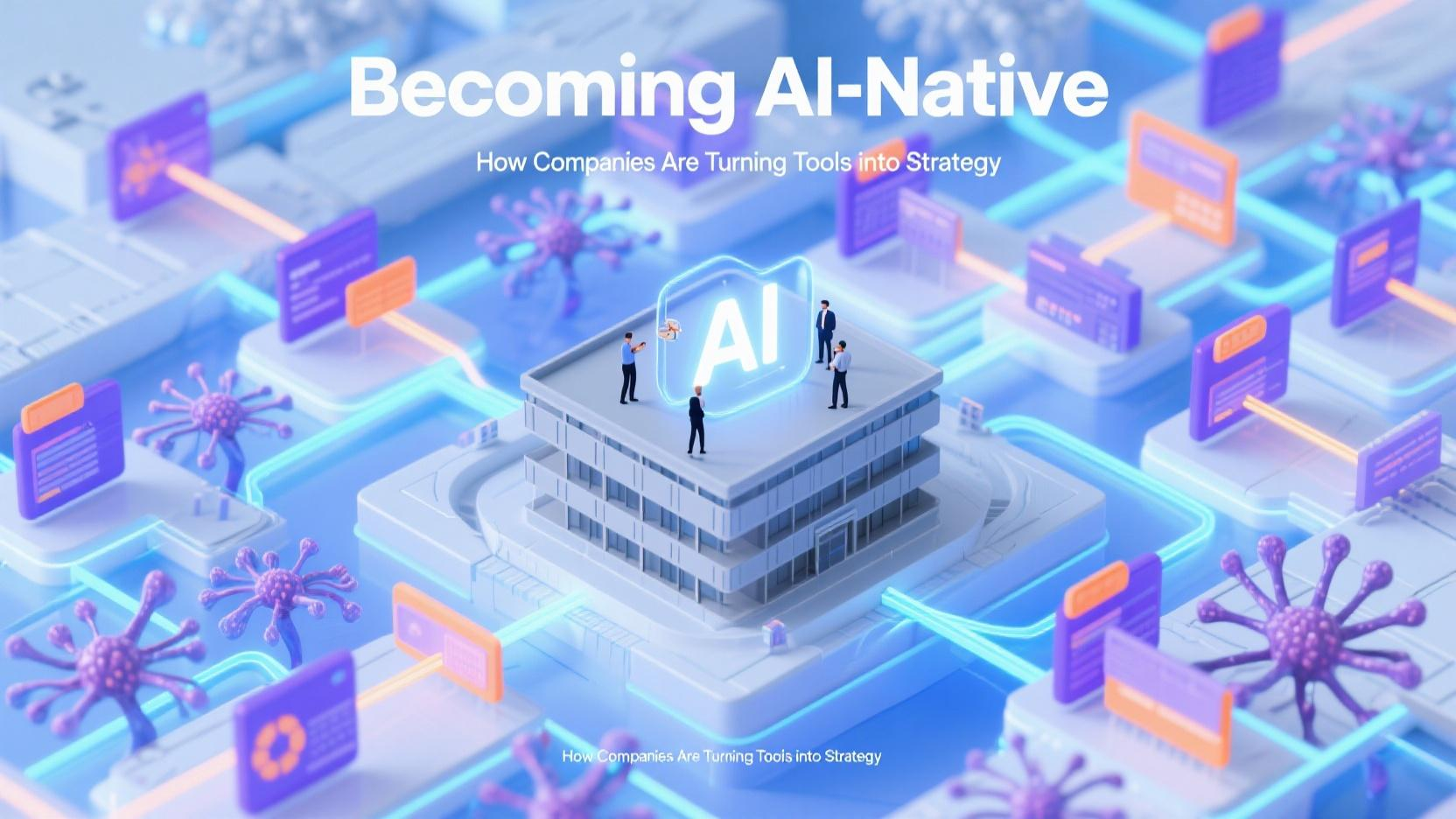From Pilots to Platforms: Embedding AI into the Core of Business
For many organizations, artificial intelligence began as a side project — a chatbot here, a forecast model there. But in 2025, market leaders are no longer asking “Where can we apply AI?” They’re asking: “What would our business look like if it were built on AI from the ground up?”

Welcome to the era of the AI-native enterprise.
Beyond Use Cases: AI as a Core Operating Principle
Being AI-native means more than deploying models. It means rethinking business models, organizational structures, and even leadership mindset. Firms like Ping An, Amazon, and Schneider Electric have reorganized around AI — not as a tool, but as a decision-making fabric that touches every process.
For example, an AI-native logistics firm:
Doesn’t optimize delivery routes once a week — it reshapes them in real-time.
Doesn’t launch marketing campaigns quarterly — it personalizes outreach hourly.
Doesn’t wait for customer complaints — it prevents them before they happen.
Building the AI-Native Stack
The journey to AI-native involves five key layers:
Data Infrastructure
Unified, clean, and constantly refreshed data is the foundation.
Model Deployment Layer
Models aren’t static — they’re A/B tested, auto-retrained, and integrated into workflows.
Cultural Architecture
Every employee, from sales to operations, understands how AI affects their decisions.
Governance Framework
Ethics, explainability, and accountability are embedded in deployment pipelines.
Leadership Enablement
Executives view AI not as a tech initiative, but as a strategic mandate.
“Being AI-native isn’t about the tools. It’s about trust, speed, and adaptability at every level,” says Julian Cheng, CIO of a global consumer brand.

Risks of Remaining Reactive
Organizations that treat AI as an add-on often struggle with fragmented data, slow innovation, and cultural resistance. Meanwhile, AI-native companies iterate faster, pivot sooner, and increasingly dominate their markets.
Key Takeaway
The future belongs to companies that think with AI, not just use it. Becoming AI-native isn’t a technical upgrade — it’s a strategic evolution that redefines what it means to be competitive.
